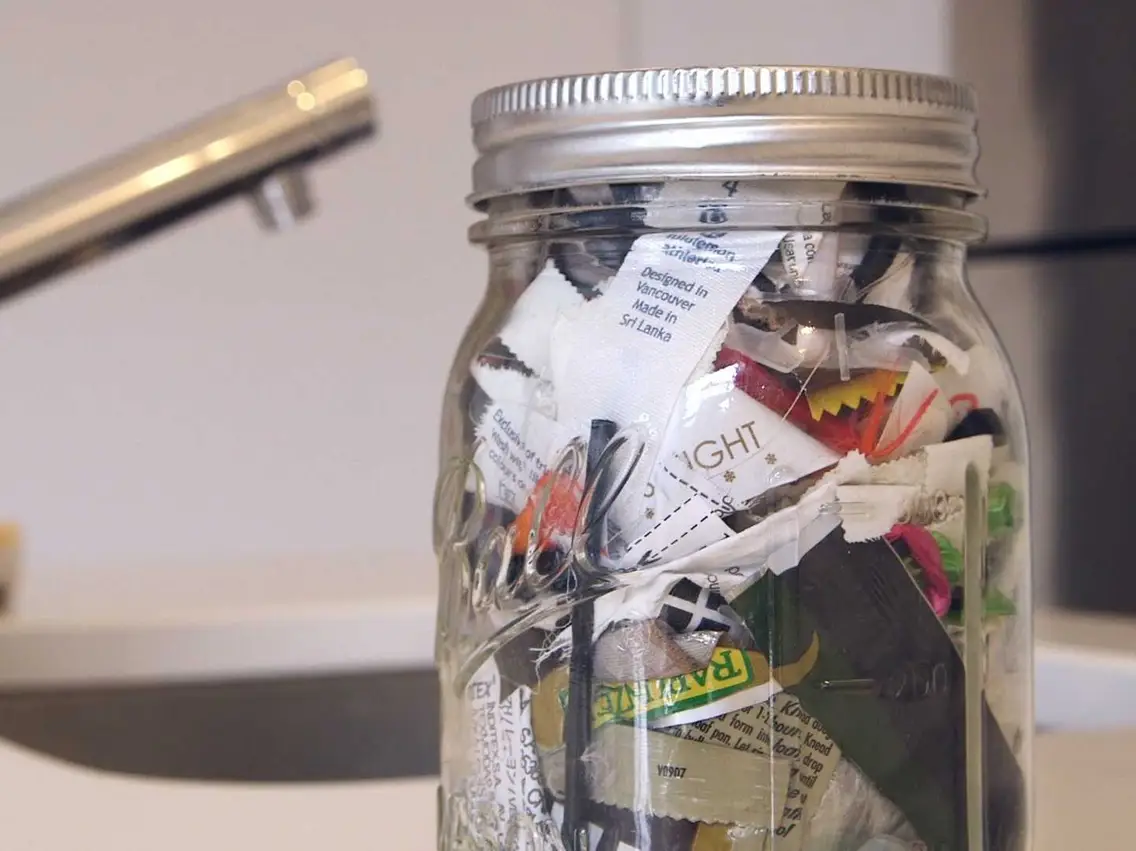By Olivia Spring
06/02/23
Each year, an estimated £140 million of clothing and textiles are sent to landfills, according to the Waste and Resources Action Programme (WRAP). Much of this clothing holds untapped potential. Recently Edinburgh Zoo donated its old uniforms to SHRUB Coop and we then put the time and effort required into turning them into something new and useful for the community. We’re doing our part to help close the loop on clothing waste in a world where the fashion and textiles industry contributes towards a shocking 10% of global carbon emissions, projects like this are an important step towards reducing textile waste and highlighting the vast amount of clothing already available in the world that’s just waiting to get a new lease of life.
There’s a lot of work that goes on behind the scenes to get these clothes from the donation pile back into circulation, and this is where our volunteers come in to put the care and dedication required into successfully diverting perfectly good textiles from landfill. First, the donated clothes were moved to SHRUB Coop for repairs and patching by cargo bike. “Basically, it was a huge amount of stuff - two trips with bike and trailer fully loaded up”, remarked Rosanna, one of the volunteers who dedicated time to managing and upcycling the donations.

After two bike trips, the volunteers got to work filling 8 very-large bags with patched, mended and upcycled ex-uniforms.
The donations included 1 bag of warm fleeces and overalls, which volunteers worked on quickly to mend, patch and distribute just before Christmas during a particularly cold snap to ensure these items were donated when they were needed most.
Through projects like this, we have been able to not only contribute towards sustainable practices but to give crucial help to community members.

The team worked hard to sort, mend, repurpose and restore as many of the clothing items as possible, some of which were brand new and ready to be put to good use. Items had to be sorted and assessed for repairs - and volunteers worked hard to make sure as little was wasted as possible. The donations also included two bags of brand-new, warm puffer gilets which our volunteers got ready for distribution by covering logos with some lovely patches and pockets.
There were also 3 bags of jackets, 1 bag of sweatshirts and t-shirts, and 1 bag of around 30 polo shirts, some of which required repairs such as broken zips and worn-down collars, and upcycled patches to cover the original branding.
The circular nature of the project didn’t stop with just mending and re-purposing the ex-uniforms. “I put patches on 15 polo shirts, most of which were new and unused. The fabric with the tulip design was reused from a Stitches for Survival banner which had got damaged and the dye had run.”, said Mary, a SHRUB sewing volunteer who worked on the project. The patches came from previously used and repurposed fabric, and zips were also re-used rather than buying new ones unnecessarily.
“I did two zip replacements, one rather quirky in a fleece and the other a jacket which now has one zip instead of two as I used the inner one to replace the broken outer one. Fiddly work, but zips are expensive” – Mary
Through SHRUB Coop, the mended, restored and upcycled uniforms were distributed around Edinburgh. 2 bags went to the community centre, where warmer clothing such as the fleeces and overalls are particularly needed during the colder months that can make life extremely difficult for those sleeping rough or struggling to afford warm clothing. The remaining bags went to the Edinburgh mission bank and a couple more bags were up for sale in our Swapshop on Bread Street.
Projects such as this require the help of a dedicated team, but this can lead to important changes in our societal outlook on pre-loved clothing and its potential to be repaired, repurposed and re-distributed.

.png)



